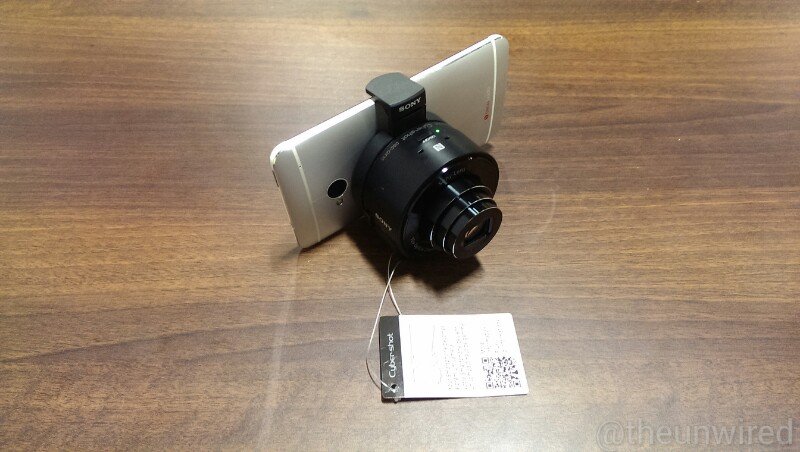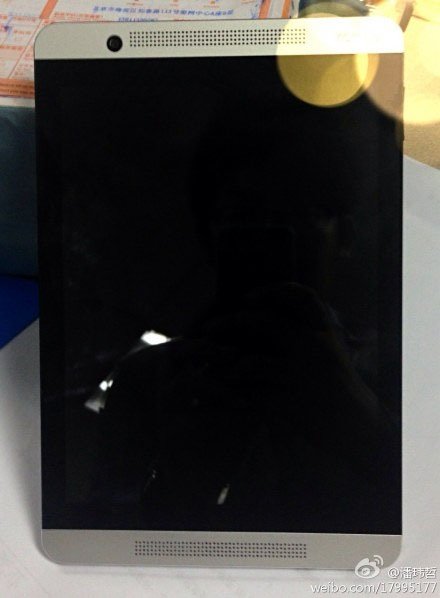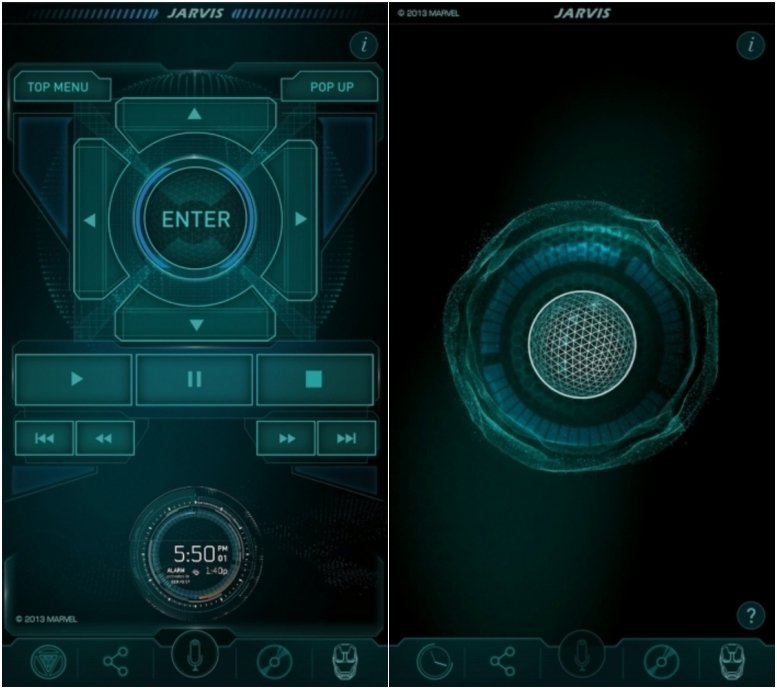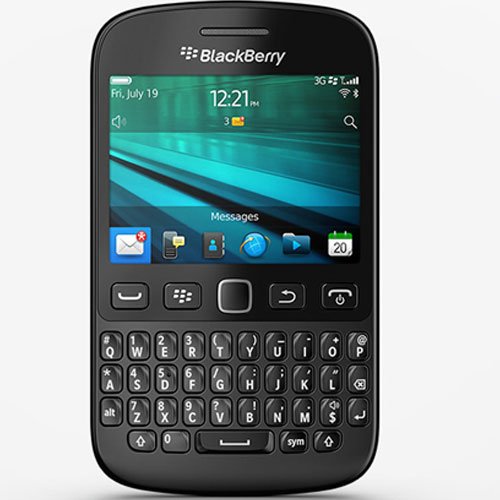Apple iPhone 5S and 5C handsets unveiled in California
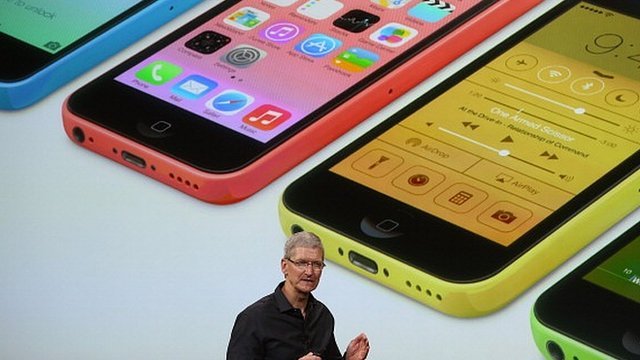
The 5S introduces a fingerprint sensor built into the phone's main button to identify the user. The 5C comes with a plastic back in a choice of colours.
It marks a change of strategy for Apple which had not launched two distinct types of handset at the same time before.
The iPhone is the firm's most important product in terms of earnings power.
The new fingerprint system can be used to unlock the phone and provide authentication for purchases from Apple's online marketplace.
One analyst suggested the feature would help the handset stand out against its Android rivals.
"Touch ID is actually quite an elegant solution to an ever more significant problem: namely, the theft of mobile devices and, perhaps even more critically, the information stored on those devices," said Windsor Holden from the tech consultancy Juniper Research.
"Many people haven't yet bothered to implement any kind of security solution on their handsets and for those who have, securing handsets with Pin authorisations can be quite a time-consuming process."
However, Apple is not the first phone company to offer such a fingerprint reader.
Motorola added the facility to its Atrix handset in 2011, but many owners had problems using it, and the feature is not included in the Google-owned business' latest models.
'Not cheap'
The 5S' Sim-free price ranges from £549 for a 16 gigabyte version to £709 for a 64GB model.
The basic 5C model, with 16 gigabytes of storage, has been priced Sim-free at £469. That is more than UK retailers had been charging for the 4S with the same amount of memory.
"The 5C is far from being 'cheap' as the iPhone 4S [which now costs £349] continues in that role," remarked Ben Wood from tech advisors CCS Insight.
There had been speculation that the 4S was going to be phased out.
The new iPhones go on sale in the US, UK, China, Australia and Canada among other countries on 20 September. It marks the first time China has been included in the initial wave of sales.
China slowdown
Its most recent financial report said the product line accounted for $18.2bn (£11.6bn) of sales in the April-to-June quarter. That figure, which did not include downloads from its App Store, represented just over 50% of Apple's total revenue for the period.
However, while the number of iPhones sold was 20% up on the previous year, the company has been losing market share.
iPhones accounted for 13% of global smartphone shipments in the second quarter, according to research firm IDC, down from 17% for the same period a year earlier.
In contrast Android's share has grown from 69% to 79%.
Investors have been particularly concerned about Apple's performance in China.
At the start of 2013, chief executive Tim Cook predicted the country would eventually become Apple's biggest market.
But the company's latest results showed sales in China and Taiwan were 14% lower in the April-to-June quarter than the previous year. That was despite the fact it saw 12% growth for the same period in the US.
"The cheaper iPhone is critical for expanding the addressable market, because many people in China and elsewhere simply can't afford to buy a current generation iPhone, especially when it's not subsidised," said Jan Dawson, chief telecoms analyst at the consultancy Ovum.
"However, the key risk for Apple in launching a cheaper iPhone is that it may cannibalise sales of the high-end phone.
"That would exacerbate a problem Apple's had for the last few quarters, as average selling prices for iPhones have fallen from $608 to $581 in the past year. That in turn squeezes margins and it's only likely to get worse with a cheaper iPhone."
New features
The 5C adds a chip that continuously monitors motion, providing data for fitness apps.
Apple has also made efforts to improve the phone's photography capabilities over the previous generation.
It said it had included a 15% bigger sensor, which should help the device cope with low-light situations. The handset also has two LED flashes providing different types of light. They can be combined to help improve colour balance.
The firm has also introduced automatic image stabilisation to prevent shots being ruined by shaky hands, and the ability to shoot video at 120 frames per second so that it can be used to create a smooth slow-motion effect.
High-end camera features are a way smartphone-makers have sought to distinguish themselves with Sony and Nokia among recent firms to have claimed their mobiles create the best images.
Apple also revealed the revamped mobile operating system, iOS 7, would be available to download for use on the earlier iPhone 5 and 4S models from 18 September.
The new devices will include copies of Apple's word processing, spreadsheet and presentation apps which had previously cost extra.
http://www.bbc.co.uk/news/technology-24034507


